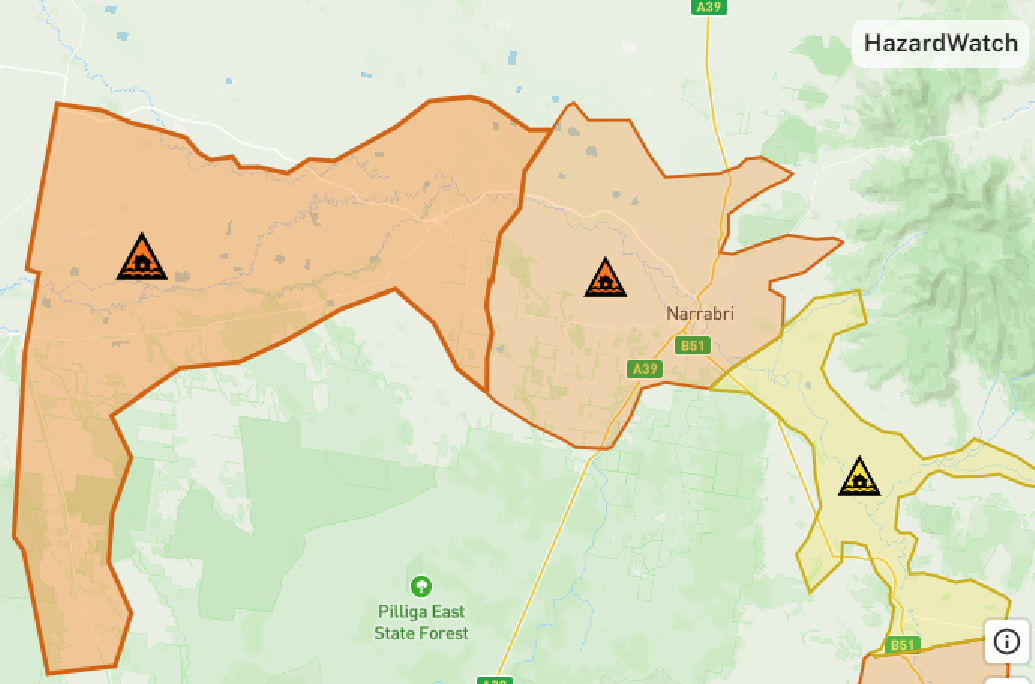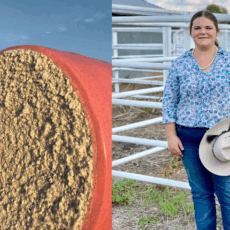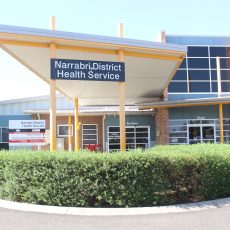The NSW State Emergency Service has issued a watch and act alert for Narrabri and Wee Waa following the recent heavy rainfall and subsequent rise in river levels.
In its alert, the SES says the Bureau of Meteorology advises renewed rises are occurring at Narrabri where minor flooding is possible Monday evening.
“The Narrabri Creek at Narrabri is currently at 4.14 metres and rising, below the minor flood level (4.90 m). The Narrabri Creek at Narrabri may reach the minor flood level (4.90 m) Monday evening,” the notice says.
“In the next few days, multiple flood peaks are expected to move along the Namoi River, with prolonged flooding possible at some locations.”
For Wee Waa, the SES advises people to prepare to isolate.
“The Bureau of Meteorology advises The Namoi River at Wee Waa (Glencoe) is currently at 6.36 metres and steady, above the minor flood level (5.30 m). The Namoi River at Wee Waa (Glencoe) is likely to reach the moderate flood level (6.40 m) early Monday morning. Further river level rises are possible as floodwaters arrive from upstream.
“Based on predictions from the Bureau of Meteorology, the following areas may be impacted by flooding: Trindall Lane, Wee Waa to Culgoora Road, Kamilaroi Highway at Glencoe Channel, Vera’s Leap Road and Culgoora Road at Wee Waa lagoon, Cotton Lane, Tulladunna Lane.”
The SES has also issued an advice notice for Boggabri.
“The Bureau of Meteorology advises The Namoi River at Boggabri is currently at 6.74 metres and steady, near the minor flood level (7.00 m). The Namoi River at Boggabri may remain around the minor flood level (7.00 m) during Monday morning. Further rises are possible.”
What you need to do:
- If you have a Home or Business Emergency Plan, follow it. Otherwise, have a conversation and plan for what you will do and take with you if you need to evacuate.
- Consider the consequences of road and bridge closures and water over roads and make alternate arrangements for work, children, and travel.
- Plan your route carefully to avoid flooded roads and allow extra travel time.
- Obey all signs about road closures and instructions from emergency services.
- Avoid storm drains and pipes, ditches, ravines and rivers.
- Never drive, walk, ride through, play or swim in floodwater – it is dangerous, toxic, and may void your car insurance. If it’s flooded, forget it. Fines apply.
- Share this information with family, friends, and neighbours and help others prepare where possible.
- People working or camping along the river should monitor river heights and be prepared to relocate to higher ground.
- Farmers should consider moving pumps and farm equipment to higher ground.
- Companion animals and livestock should be relocated to higher ground that will not become an island.
- The safest option is to evacuate as early as possible to avoid additional hazards. Do not wait until the last minute.
- People in areas likely to be impacted by flooding should raise their assets, including waste and chemical containers above expected flood heights.
For more information:
- Listen to your local ABC radio station which can be found at reception.abc.net.au
- Download the Hazards Near Me app and set your watch zones to get warning information for your areas.
- Follow us on social media @NSWSES or visit our website at www.ses.nsw.gov.au
- Learn about your risk at www.ses.nsw.gov.au/knowyourrisk
- Check latest weather, warnings, rainfall and river heights at www.bom.gov.au/nsw/
- Check road closures at www.livetraffic.com.au or 132 701 or your local Council.










